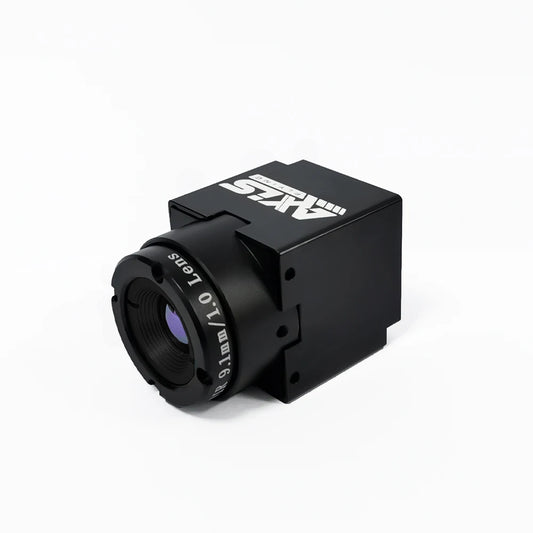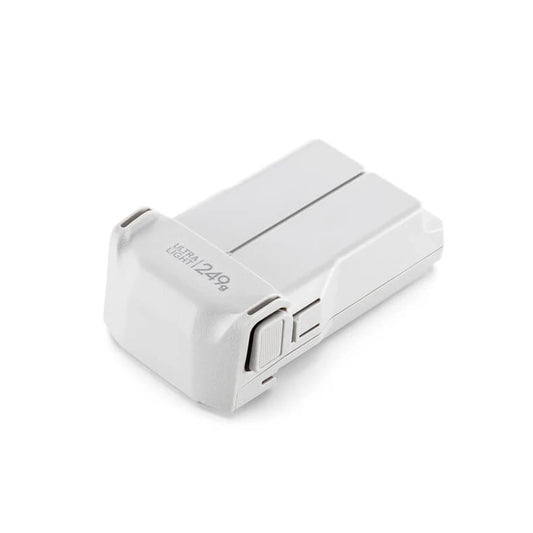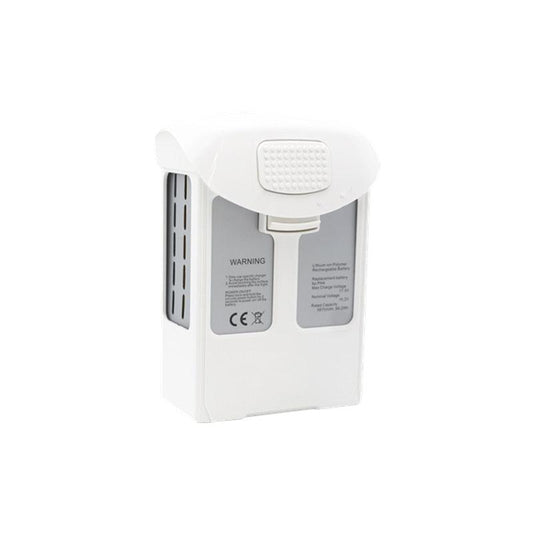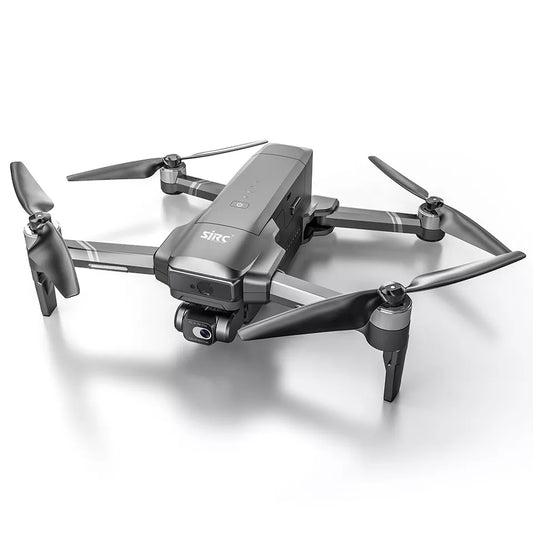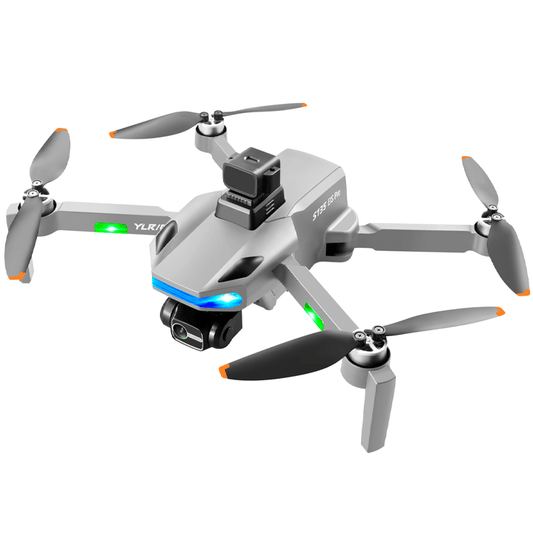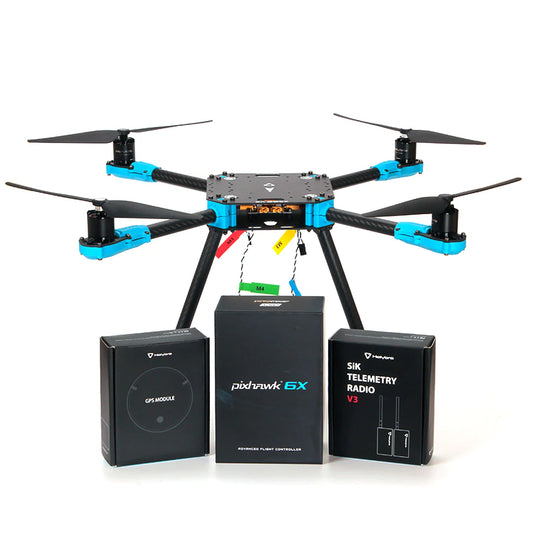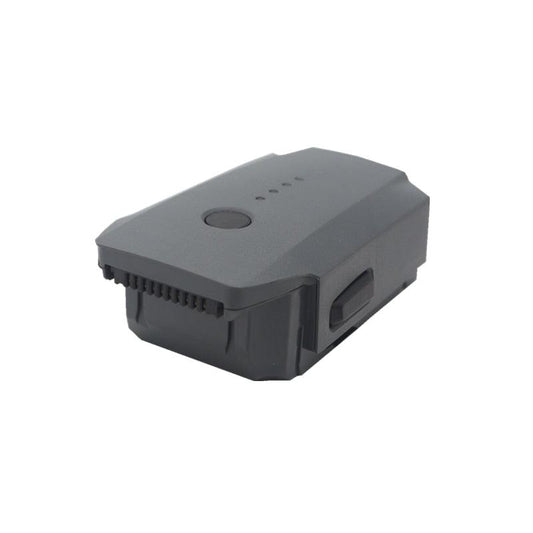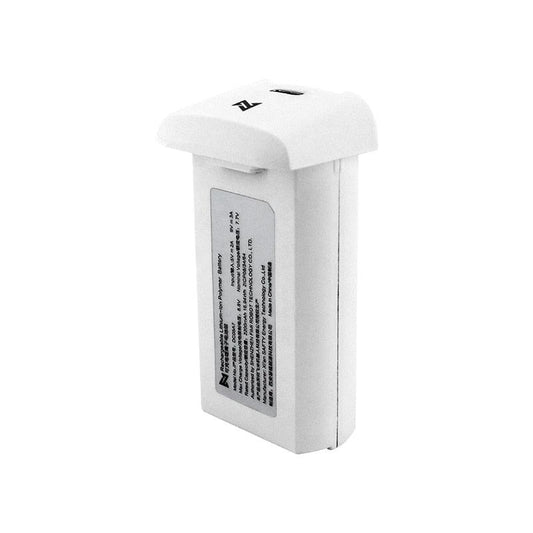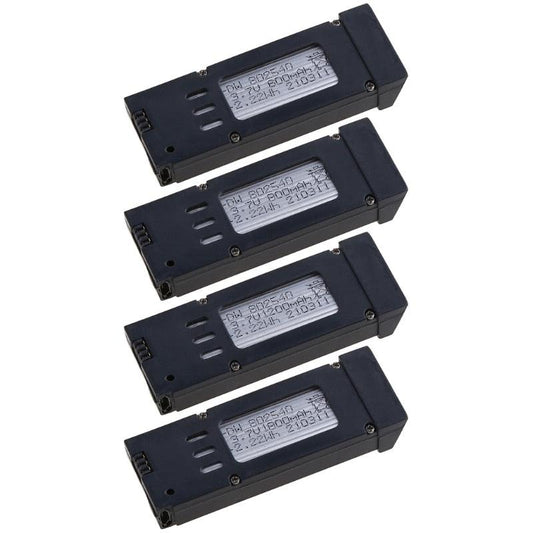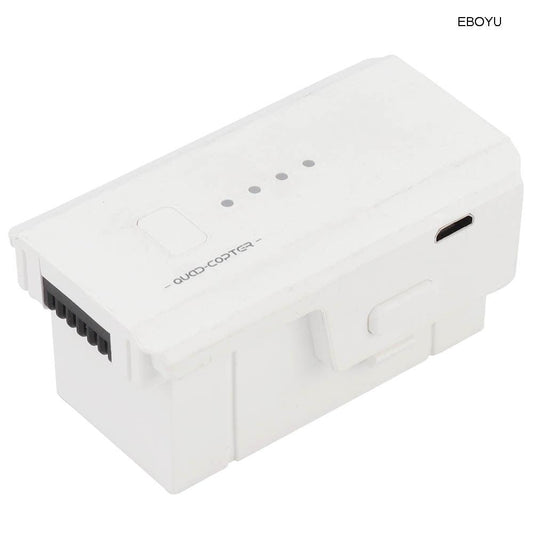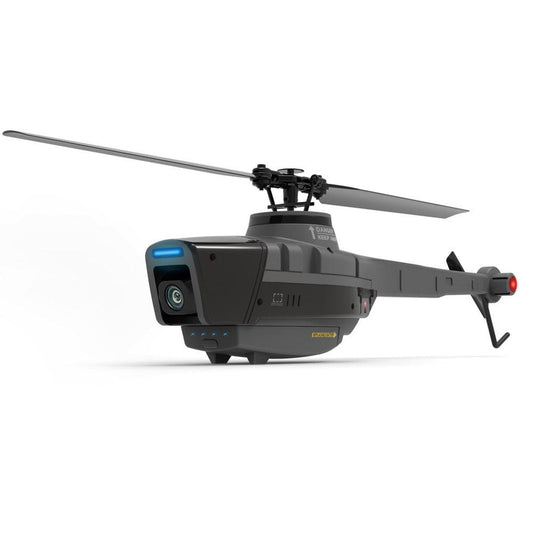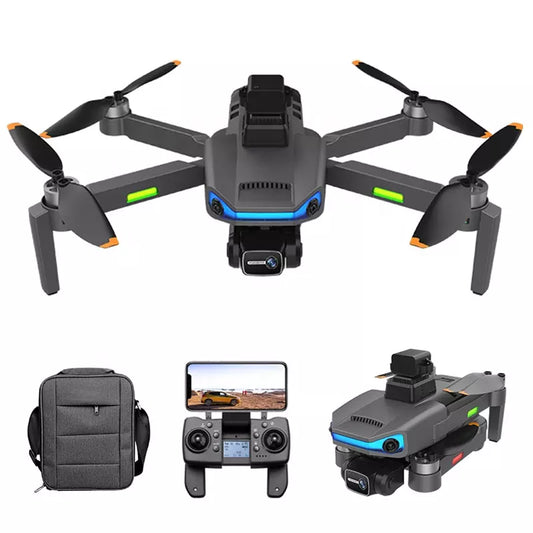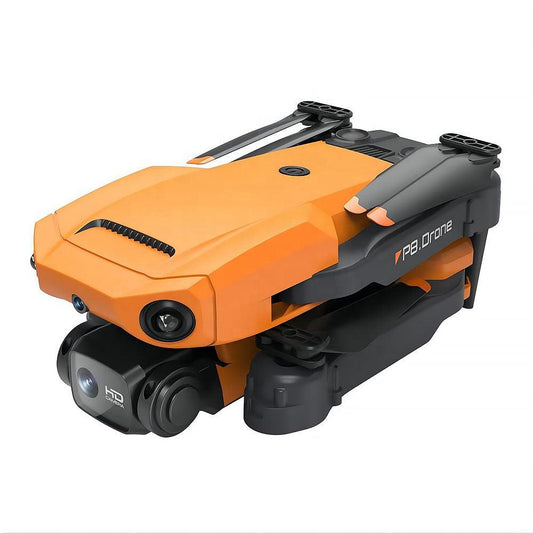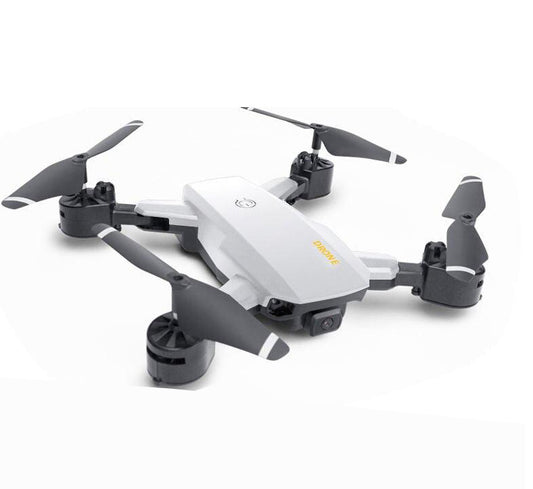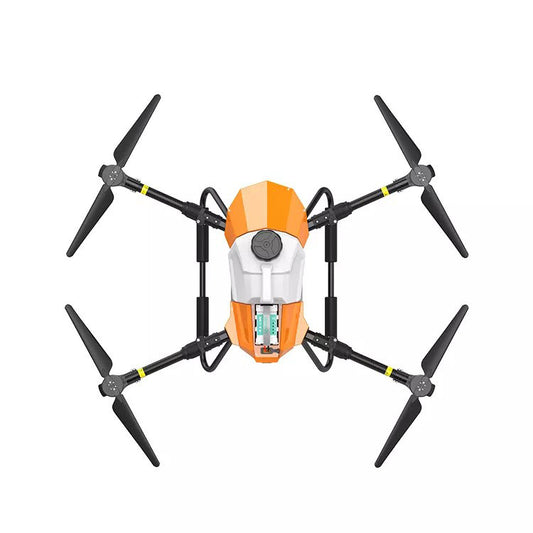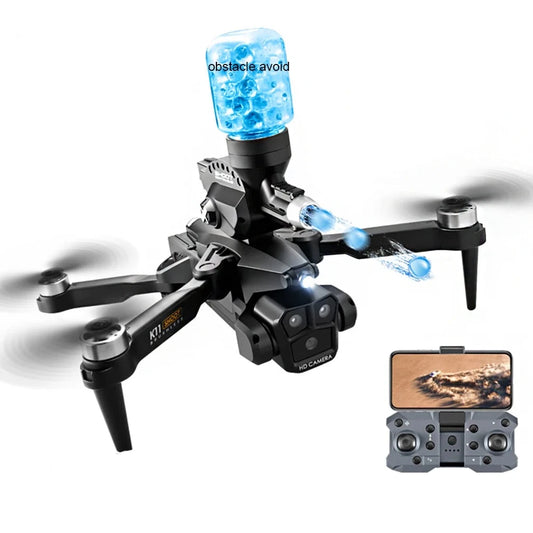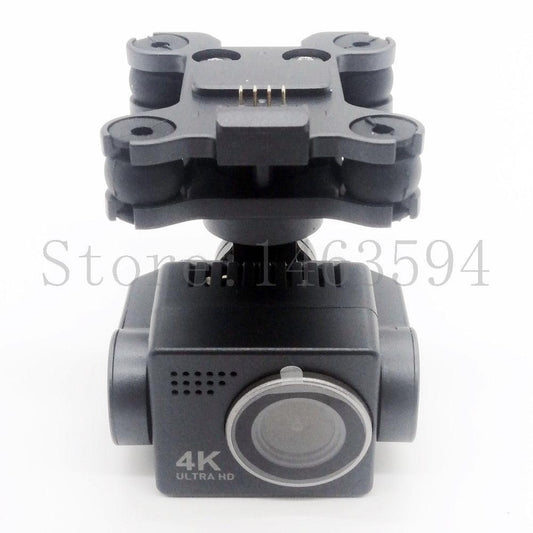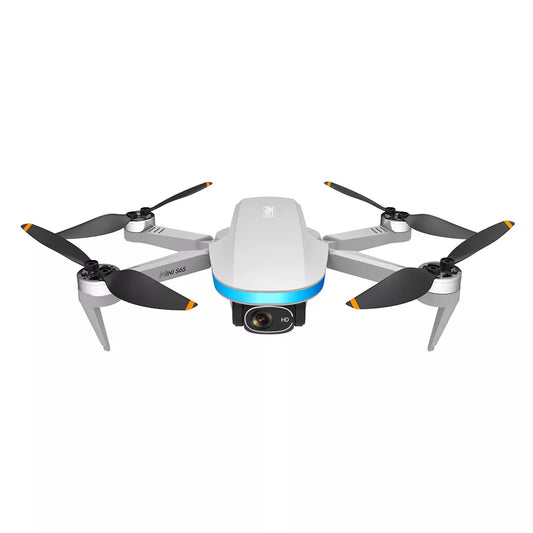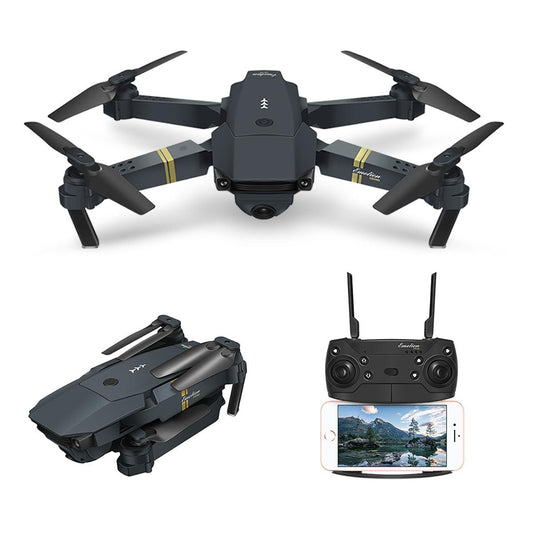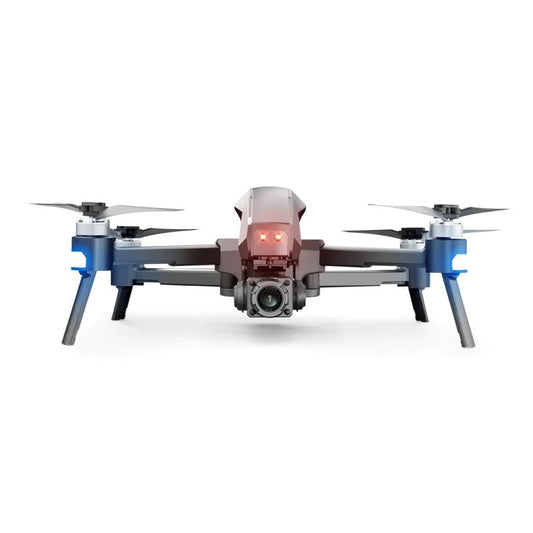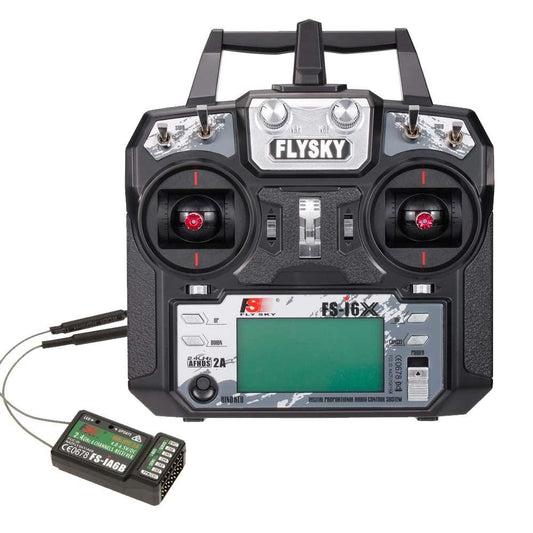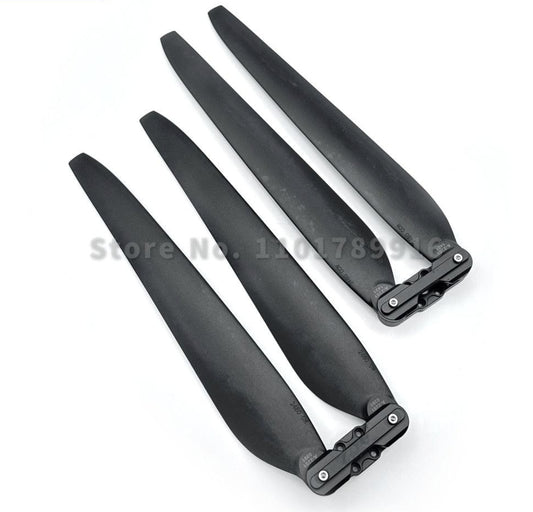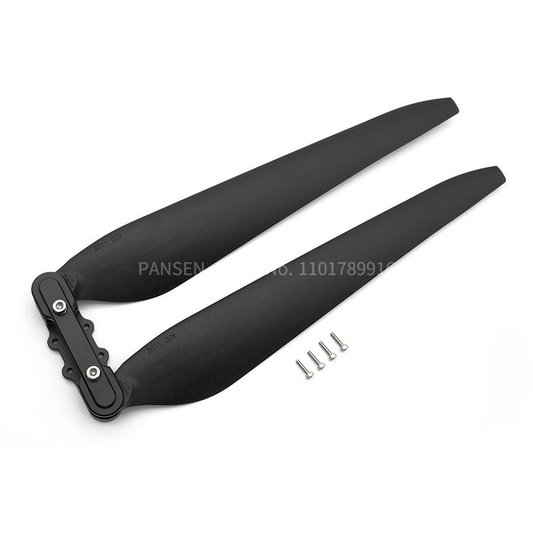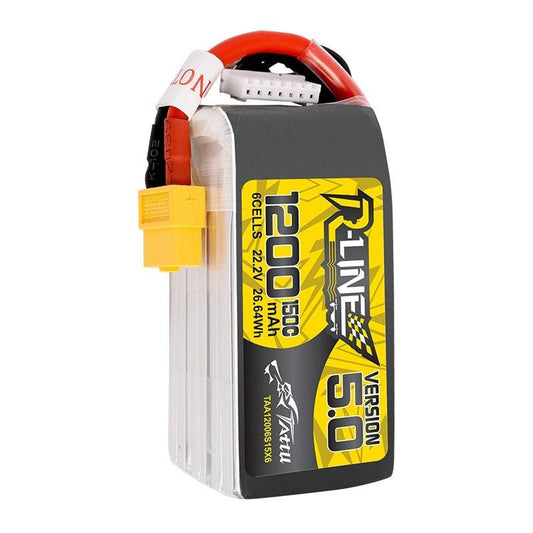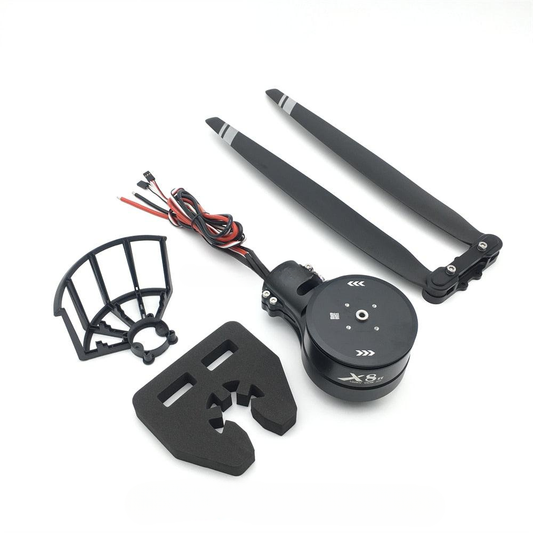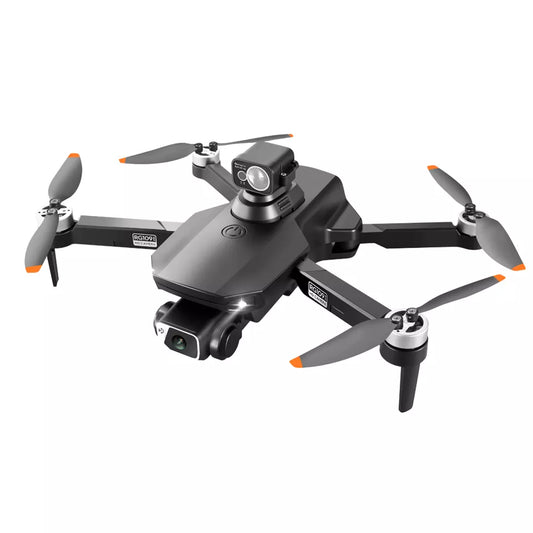-
Axisflying 640 Thermal Imaging Camera - 640*512 60FPS 40MK Thermal Camera for FPV Drone Camera
Regular price From $259.00 USDRegular priceUnit price per -
Original V168 Drone Battery - 7.4V 3000mAh 2000mAh V168 Pro Max Drone Accessories
Regular price From $15.03 USDRegular priceUnit price per -
Original DJI Mini 4 Pro Intelligent Flight Battery Plus - 34/47-min Max Flight Time For Drone DJI Mini 3/Mini 3 4 Pro Accessory
Regular price From $94.45 USDRegular priceUnit price per -
DJI Phantom 4 Pro Battery - 15.2V 5870mah LiPo 4S Battery compatible with phantom 4A/4 pro/4 pro v2.0/4 RTK series drone replacement battery Modular Battery
Regular price From $69.39 USDRegular priceUnit price per -
SJRC F22S Drone - 4K HD EIS Camera 3.5KM Distance 35 Minutes GPS Optical Flow Wifi Camera Drone
Regular price From $269.99 USDRegular priceUnit price per -
S135 Drone - 8K HD ESC Dual Camera GPS 5G 28 Minutes 3-Axis Gimbal Brushless Motor Professional Camera Drone
Regular price From $129.00 USDRegular priceUnit price per -
V198 Drone Battery 7.4V 3000mAh
Regular price From $26.23 USDRegular priceUnit price per -
Holybro X500 v2 PX4 Development Kit - Carbon Fiber Drone Kit With Holybro Pixhawk 6C / 6X , M8N GPS , SiK Telemetry Radio, Industrial Drone
Regular price From $769.00 USDRegular priceUnit price per -
DJI Mavic Pro Battery - 11.4V 3830mah LiPo Battery compatible with mavic pro series drone replacement battery accessories 27 minutes battery life Modular Battery
Regular price From $67.76 USDRegular priceUnit price per -
FIMI x8 Mini Pro Battery - Spare Part Rechargable Intelligent Flight Battery for FIMI x8 Mini Drone RC Drone Accessories
Regular price From $69.84 USDRegular priceUnit price per -
New 3.7V 600mAh 800mAh 1600mAh 1800mAh Lithium Battery Compatible with Eachine E58 S168 JY019 JD19 Drone Quadcopter Spare Parts Modular Battery
Regular price From $9.93 USDRegular priceUnit price per -
Original 7.4V 1500mAh 25C Lipo battery for SJRC Z5 GPS Drone RC Modular Battery for Drone
Regular price From $35.72 USDRegular priceUnit price per -
OMPHOBBY ZMO V2 Tilt-Rotor VTOL FPV Drone Aircraft – 150km/h Speed, 15km+ Range, 1080p/60fps Transmission
Regular price From $99.00 USDRegular priceUnit price per -
T-MOTOR F90 2806.5 1300KV 1500KV 1950KV Brushless Motor 5-6S for 5-7 Inch Long Range FPV Freestyle Drones
Regular price From $35.50 USDRegular priceUnit price per -
C128 2.4G RC Helicopter - 4 propellers 1080P Camera 6 axis electronic gyroscope air pressure for height vs C127 C186 RC Drone
Regular price From $90.84 USDRegular priceUnit price per -
V168 Drone - 8K Dual Camera 5G GPS Obstacle Avoidance Drone Aerial Photography Camera Drone
Regular price From $28.00 USDRegular priceUnit price per -
MG996R Servo - Payload Drop Release Servo Parabolic Switch Releaser UAV Throw Device Drone Plane Remote Controll Airdropping for RC Multimotor
Regular price From $6.09 USDRegular priceUnit price per -
AE3 Pro Max Drone - 8K HD Dual Camera 6Axis EIS Gimbal 5G Wifi GPS FPV Folding RC Drones Quadcopter Professional Camera Drone
Regular price From $120.00 USDRegular priceUnit price per -
P8 Drone - 8k Hd Dual Cameras Esc Four Side Obstacle Avoidance Optical flow Position Hover Quadcopter Mini Drone
Regular price From $32.90 USDRegular priceUnit price per -
LS11 Pro Drone - 8K 5G GPS Drone 4K Professional Drones Aerial Photography Obstacle Avoidance Quadcopter Helicopter RC Fpv Dron 5km Distance Toys
Regular price From $5.79 USDRegular priceUnit price per -
EFT G06 V2 - 4-Axis 6L Agriculture Drone For Spraying, Spreading With Hobbywing X6 Motor, JIYI K3A Pro FC, Skydroid T10, 12S Battery
Regular price From $598.00 USDRegular priceUnit price per -
SMRC P7 Max Drone - 4K Camera, 10KM Range, 800M Altitude, 3-Axis Gimbal, 45-Minute Flight Time, 360° Laser Obstacle Avoidance, GPS-Enabled
Regular price From $289.00 USDRegular priceUnit price per -
K11 Max Drone with Water Bombs - Professional Aerial Photography Aircraft 8K Three Camera Obstacle Avoidance Foldable Quadcopter
Regular price From $28.40 USDRegular priceUnit price per -
SJRC F7 4K PRO F7S Folding Drone Spare Parts Spare Parts 4K HD Wifi camera with 3-axis gimbal
Regular price $110.79 USDRegular priceUnit price per -
S6S Mini Drone - GPS 5G WIFI FPV With 4K HD Camera 25mins Brushless RC Drone Professional Camera Drone
Regular price From $79.00 USDRegular priceUnit price per -
EACHINE E58 Drone With Dual Camera 2MP Wide Angle WIFI FPV Foldable RC Drone Quadcopter
Regular price From $33.00 USDRegular priceUnit price per -
Mayatech MT10PRO 10KG Motor Thrust Tester - Propeller Power Tension Measurement For RC Model Racing Drone
Regular price From $80.40 USDRegular priceUnit price per -
Rushfpv RUSH TANK MAX SOLO VTX - 5.8GHz 2.5W 48CH High Power Video Transmitter with CNC shell for RC FPV Long Range Fixed-wing Drones DIY
Regular price $73.34 USDRegular priceUnit price per -
4DRC M1 Pro 2 drone - 6K HD PTZ Camera 2-axis 2KM Aerial photography Brushless Motor RC drones Professional Camera Drone
Regular price From $175.99 USDRegular priceUnit price per -
GNB 2S 3S 4S 6S 7.4V 11.1V 14.8V 22.2V 550mAh 90C LiPo Battery For Quadcopter Helicopter FPV Drone
Regular price From $19.72 USDRegular priceUnit price per -
FLYSKY FS-i6x 2.4G 6CH AFHDS 2A Radio Transmitter IA6B X6B A8S R6B Fli14+ Receiver for RC Airplane Helicopter FPV Racing Drone
Regular price From $24.24 USDRegular priceUnit price per -
Hobbywing 2480 Folding Propeller For X6 plus Motor Power System Combo 30mm Tube E610P X6120 Frame 10kg Agriculture UAV Drone
Regular price From $24.77 USDRegular priceUnit price per -
Original Hobbywing FOC 2388 3090 Propeller 23inch/30inch Folding Propeller CW CCW for X6 X8 Power System for agricultural drone
Regular price From $25.53 USDRegular priceUnit price per -
Tattu R-Line Version 5.0 V5 1200 1400mAh 150C 6S 22.2V Lipo Battery XT60 Plug FPV Racing Drone RC Quadcopter
Regular price From $35.41 USDRegular priceUnit price per -
hobbywing X8 Power System - integrated XRotor PRO X8 motor 80A ESC 3090 Blades Prop for 4-Axis 10L / 6-Axis 16L Agriculture Drones
Regular price From $182.76 USDRegular priceUnit price per -
RG109 MAX - RC Drone With Obstacle Avoidance 4K HD SEC Dual Camera GPS 5G WIFI Foldable RC Quadcopters Drone Professional Camera Drone
Regular price From $21.98 USDRegular priceUnit price per
